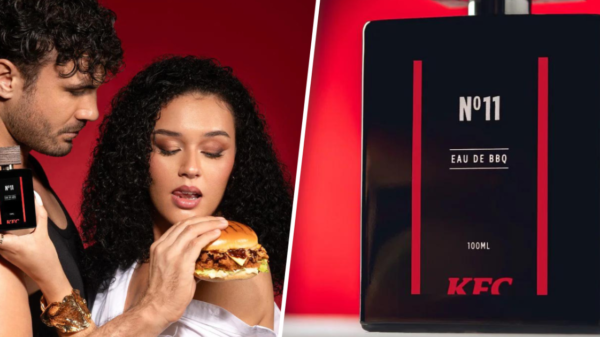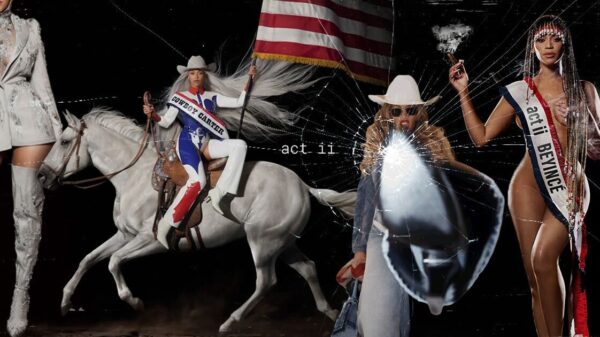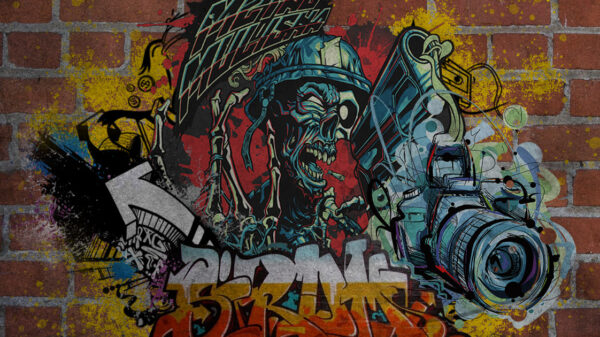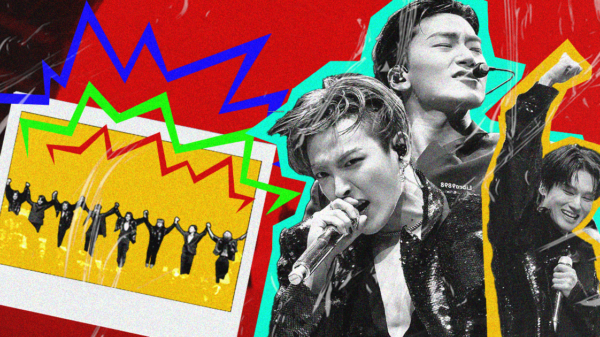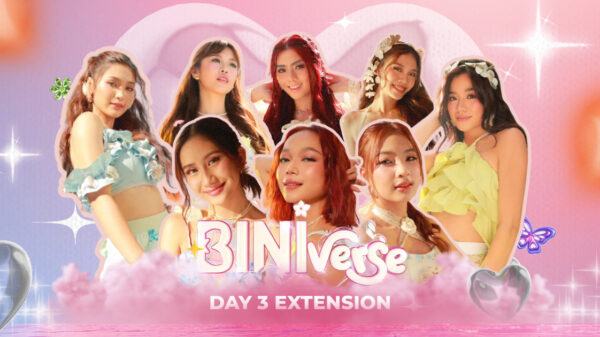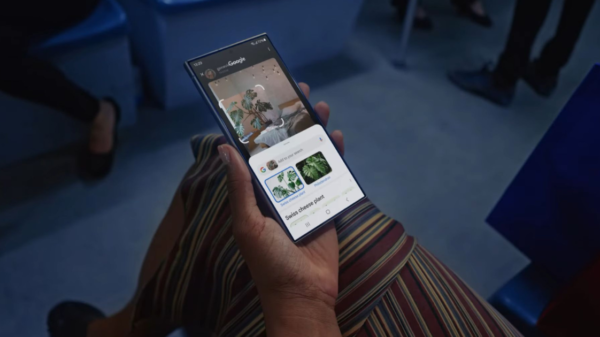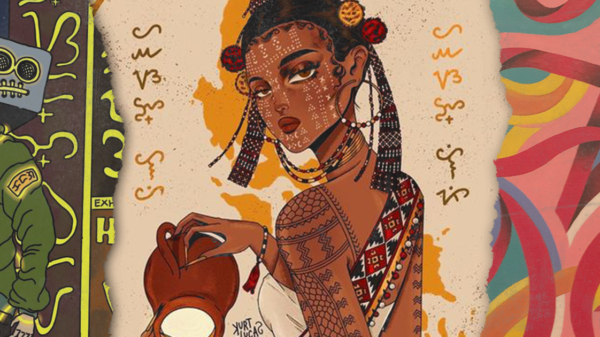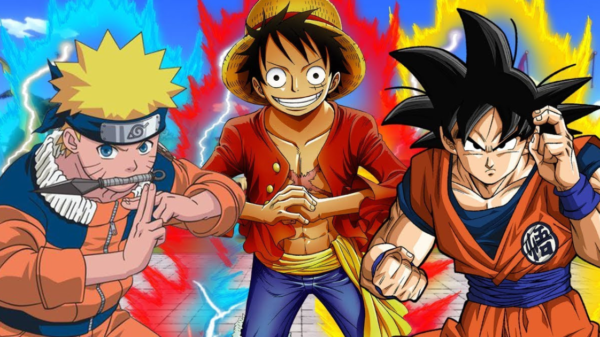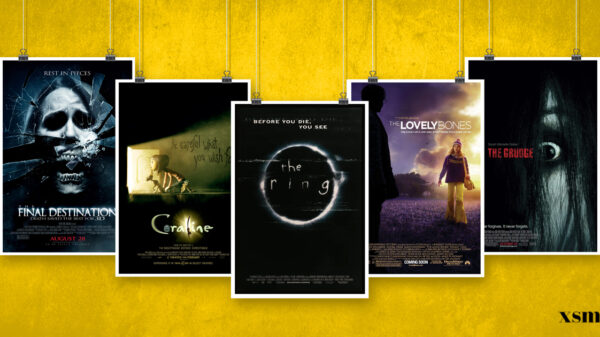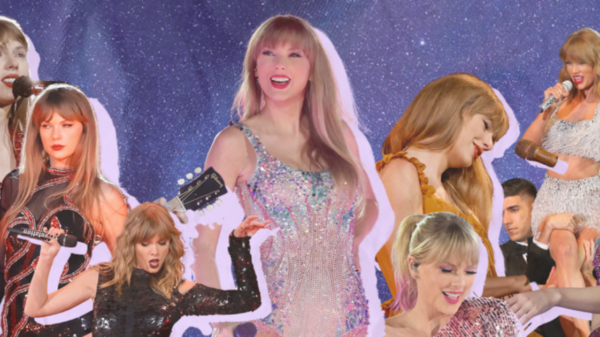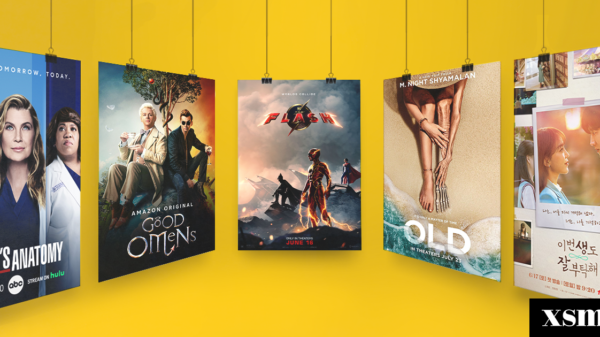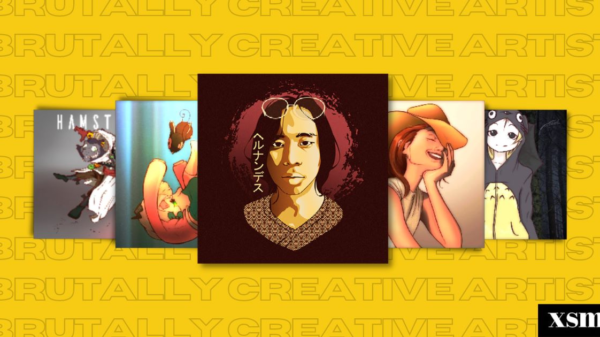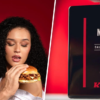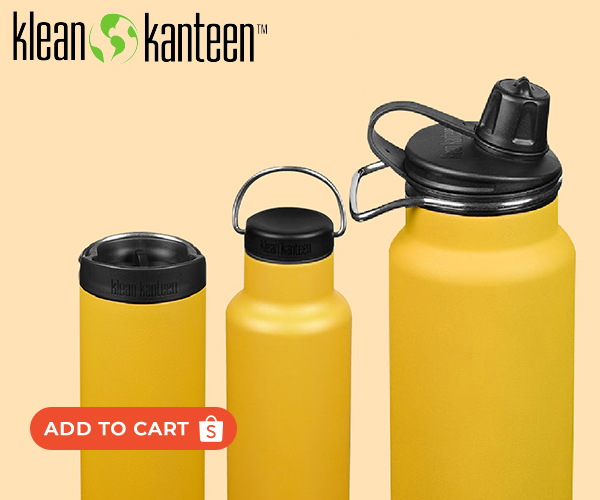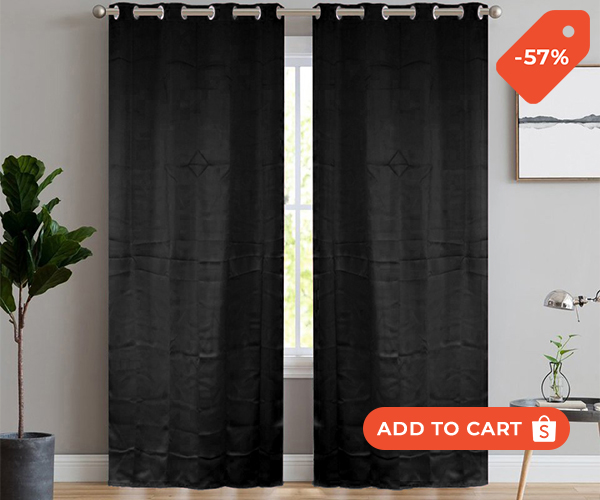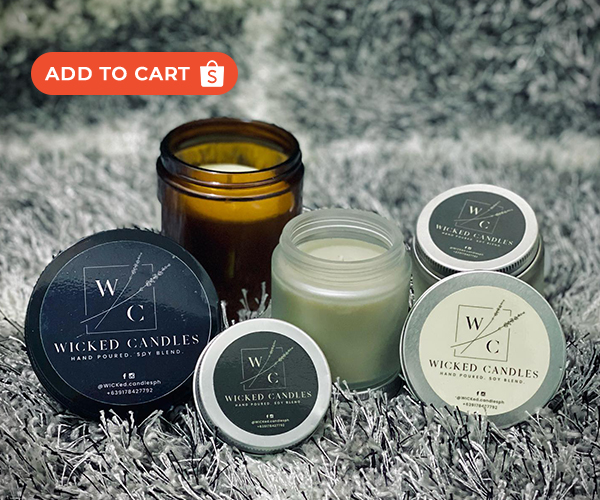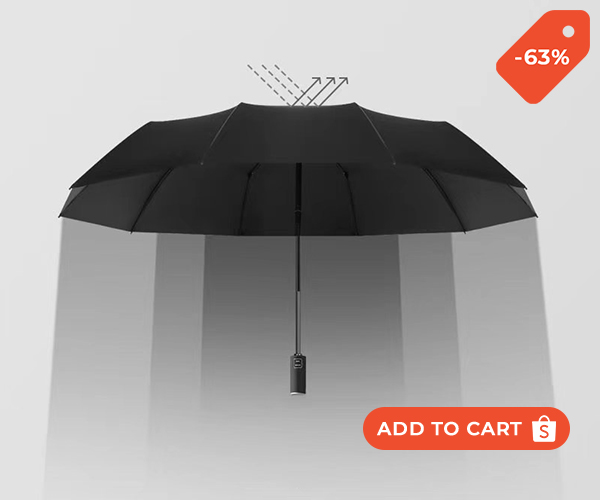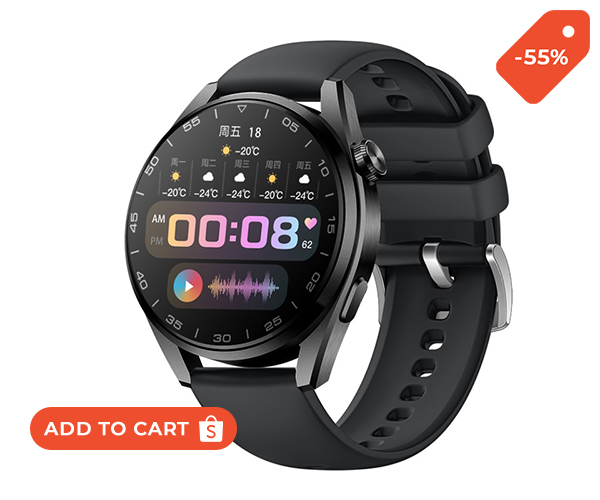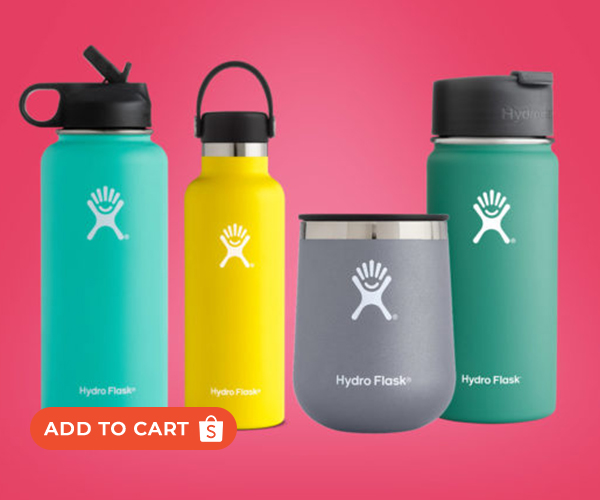A client once said, “We’re looking for anything that will go viral.”
Every marketing team wishes for their campaign to become viral because the attention a viral post brings to a company is a target worth pursuing.
If you look carefully at today’s social media environment, you’ll see that everything that connects with the audience spreads like wildfire, resulting in the emergence of a new trend.
It’s not only intelligent memes or a short challenge video that goes viral. They may also be in the form of infographics or interesting stories.
Anything that your audience responds positively to, as shown by the number of likes, comments, views, and shares it receives in a short period of time.
As the group that gave you viral Kris Aquino Payday Posts, the very first Ethel Booba article about her witty tweets, a cringy article about Xian Gaza, a viral article about saving money, aesthetic and pantone color swatches, a Baron Geisler angsty video, a viral animation breakdown that each racked millions of organic reach, thousands of likes, shares and comments, we know a thing or two about producing viral content.
In the past two years at the start of the pandemic, we’ve created launching videos for our clients that left them satisfied because of the millions of engagements they received. So now, Let’s take a closer look at how you may produce such material and achieve such frantic fame. Let’s learn what makes a content viral:

Let’s take a look at “The Dress” Viral Phenomena from 2015. What causes a piece of fabric to become viral?
It’s a widespread misunderstanding that a material goes viral due to a general secret formula using transient components. In reality, each piece of fabric that becomes viral results from a unique set of circumstances. If you don’t recognize this, your efforts to reverse-engineer viral postings may fall flat or backfire disastrously. It’s not just throwing in pieces of characters, some graphics and lively music and call it a viral video. It takes skill and strategy to produce viral contents that’s why brands hire professional agencies to create these kinds of materials.
Remember the first emotional video from Jollibee?
What’s astonishing about this is that the video kept you at the edge of your seat while watching it – it’s that sense of “What happens next?” question keeps popping in your mind every other second. It’s that melancholic audio… it’s that cinematography and editing. All of it felt correct. All of it felt real. It’s that montages that one way or another it felt relatable. One way or another you experienced that kind of story happened in your life. One way or another you’ve been special to someone or you fell deeply in love to someone who turned out loving someone else.
The incorporation of products was not subtle but it felt right, that is because the video talks the language of the brand. The cultural undertone is that Filipinos always root for the underdog and the protagonist in the story resonates to every “friend-zoned” individual out there not to mention that this video came out on February as a Valentines Campaign. The video was considerably simple but it was impactful – that a love story of true friendship can and will always happen to a large Filipino demographic. The video is shareable, watchable, short, timely and emotional – and those are some of the things that people look for in a viral video. This video paved the way for an umbrella of various emotional videos whether it’s from Jollibee or from other brands in the Philippines.

Recipe for a Viral Video
While you’ll be trying to make up your recipe each time, you’ll at least know what ingredients to use. Relatability, simplicity, thumb-stopping image (or character), wittiness, time of posting and proper use of captions are our “active ingredients”. Those are the things that make people want to share. What we notice is that content posts like cute animals, millennial in-jokes, publicity stunts, buzzwords, social movements are the common contents that brands incorporate to their social media post rotations but there are contextual factors that support important characteristics like humor, emotion, and most especially, purpose. You should know your market really well and develop a sense of empathy so you would deeply understand what triggers them, ticks them or insults them.

The truth is, when it comes to virality it’s either a hit or a miss. We always test the content first to our team if the content seems worthy of posting. We often ask ourselves these questions:
- If I see this content, will I share it?
- Is this content speaks to me?
- Is this content relatable or just only to me?
- Does this content appeal to a big audience?
- What emotion did I feel after seeing the content?
- If this is for a client, does this align to their brand values?
- If this is for corporate communications, does this align with our values?
- Is this unique?
- Is the content impactful?
It’s all about the impact when it comes to a viral material:
As Dao Nguyen, Publisher at BuzzFeed said, this is known as “cultural cartography.” BuzzFeed, the master of virality, doesn’t focus on a particular topic or format when creating content. Instead, they concentrate on the reader’s benefit from the content:
- Are you able to make others laugh?
- Is it relatable?
- Assisting them in their work?
- Is it motivating them?
- Are you attempting to educate them?
- Assisting them in discovering, reaffirming, or sharing their identity?
- Is it possible to restore their hope in humanity?
In her Ted Talk, Dao says,
“People are connected on Facebook, on Tweets, and they’re progressively using media to have a discussion and to talk to each other.”
“We will have done a thorough job for these people if we can be a step in establishing a deeper link between different people.”
The statement alone has one solid idea: to encourage people to connect and converse. And that encompasses a true viral concept of a brand that’s why BuzzFeed in effect has a worldwide audience of over 650 million active citizens creating discussions and sharing insights every day.

Conclusion:
All things considered when developing a viral marketing strategy, keep in mind that the material you provide must be original and never before seen. It should always relate to a large demographic. The material you’re creating should tap an emotion to your audience whether happy, sad, heart-warming, inspiring, surprising or shocking. It should be simple and easy to understand. When developing drafts and studies, always consider the concept should be aligned with the brand values of your client or your company.
Most especially, don’t overthink your contents but rather think of its purpose and by doing that it will be beneficial for your client and the target market that will snow ball from one engagement to the next. Little did you know that your content has been shared by your friend to her friends and from the friend of your friend to the friend of his friends. That’s how virality comes in and that’s what makes a content go viral.




